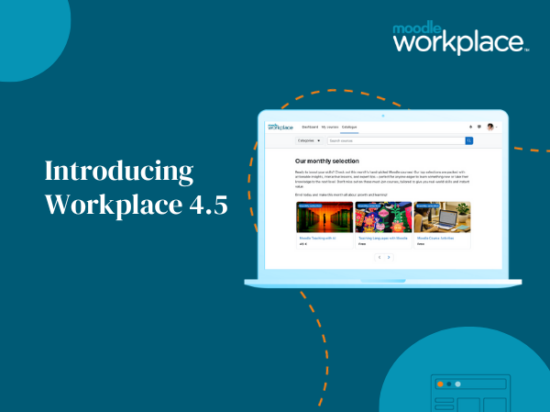The health industry represents a perfect opportunity to take advantage of online training, whether it’s general public knowledge in a non-profit organisation needing to train volunteers; a governmental health agency interested in offering online certification courses for health professionals; or a corporate site to promote products and services as part of a healthy lifestyle.
There is a digital thirst for health knowledge, particularly medical information. The highly respected Pew Research Center conducted a survey in 2013 of Americans seeking health advice online. The Center found that one in three Americans looked online to try and find out what medical conditions they or another person might have. The telephone survey of 3,014 adults also found that women are more likely to seek online medical diagnoses than men. Most of the respondents, not surprisingly, started their medical queries on search engines.
Another key finding of the survey is that about a quarter of the respondents were asked to pay to access medical information, and only 2-percent chose to reach into their pockets. It is clear that the expectation is this information will be free.
WebMD (http://www.webmd.com/) is an example of a “free” health information site that derives its revenues from advertising, sponsors, and subscriptions to its magazines and newsletters. It has come under criticism for biasing readers toward using drugs sold by sponsors. So the information is hardly neutral. In fact, the company is traded on the NASDAQ and S&P 400. If you type “medical diagnosis for headaches” into the Google search window, the first three links are an ad for headache remedies, information from the Cleveland Clinic and a link to a WebMD page.
How many of the Pew survey respondents would have clicked on WebMD? In May 2017, about 150 million users visited the site with a 3.54% increase in Australia and a one-and-a-half percent increase in the U.S., by far the site’s biggest market.

beyondblue is an Australian non-profit health organisation that is using its website to offer public digital resources to combat depression, anxiety and suicide
So the trend in using the internet to explore health issues affecting us is clearly on the increase. Examples abound.
beyondblue is an Australian non-profit organisation that works with a wide cross section of institutions including schools and health services to raise awareness about depression, anxiety disorders and suicide. The website offers resources for schools, businesses, and health professionals. The organisation is essentially using its website as a portal for training a wide cross section of Australians.
WebMD and beyondblue may operate at different ends of the health industry information spectrum but both organisations illustrate an effective use of online health training and information.
If you are involved in the health industry and would like to learn more about delivering your information online, My Learning Space can help you achieve a healthy outcome.







